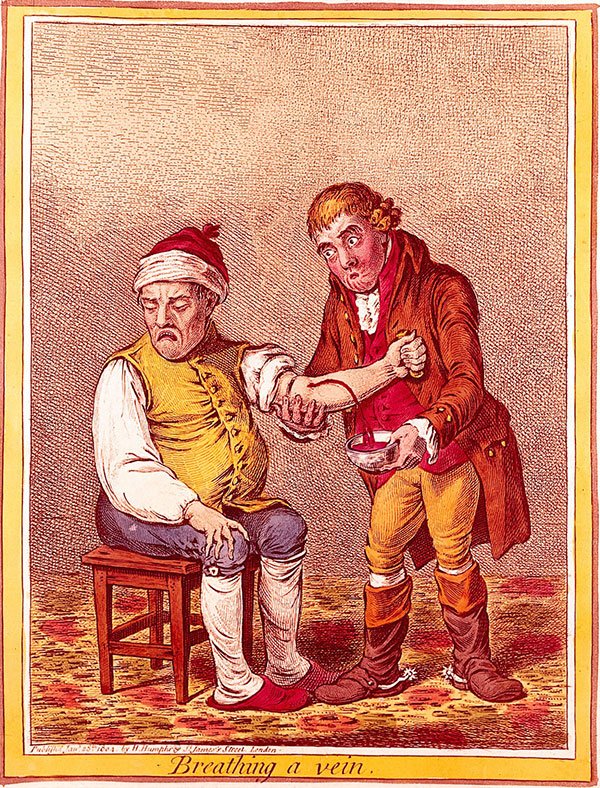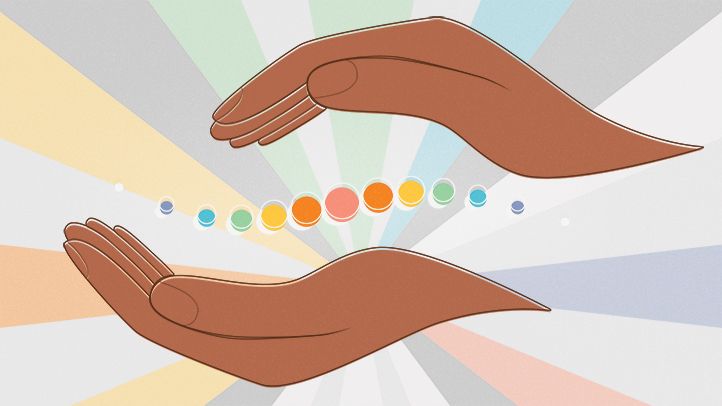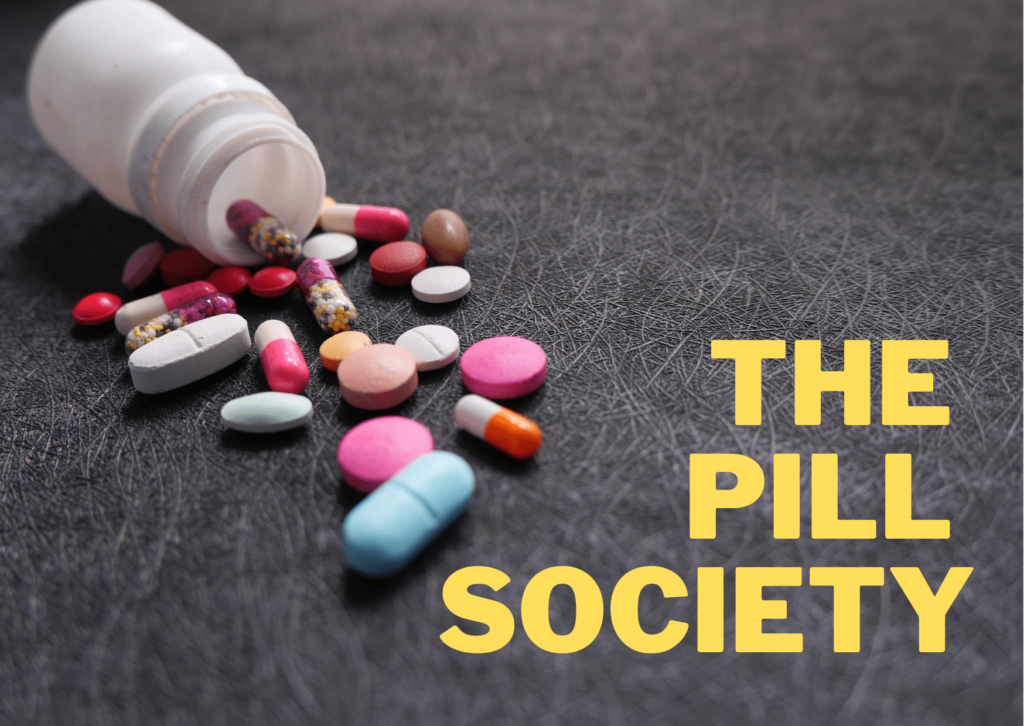We have come a far way, in this world, from the life expectancy in 1200BC being only 43 years to a whopping 72 years in the present year. From the practices of “bloodletting”, using mercury as purgatives to modern medicine and even leeches to suck out the so called ‘poison’ from our body, we have seen rapid growth in medicine. A major chunk of credit goes to the increasing amount of research put into the medical field. The rapid drug and vaccine development has not only helped us to treat the most vicious diseases but also eradicate them, and it only shows how promising the future looks (Diseases eradicated: smallpox in humans and rinderpest in cattle).

From using natural medicine to consuming many different types of drugs (both recreational and medicinal), we have increased the demand for better technologies and research put into this field for more effective medicines. The demand for medicines to treat the most trivial of health problems, from minor headaches to a congested nose, to the infamous use of pain killers for quick relief has made our body not only dependent but also resistant to the smallest of effective doses. This makes us increase the dosage to our required needs but our natural body metabolism can take only so much. Herein lies the problem- Is the increasing number of drugs consumed leading us onto a dangerous path for our body in the future?
Before we dive into modern medicine let’s take a trip back to the past where natural medicines were employed to understand the problems we are facing.
Natural or Alternative medication branches out into into:
• Traditional alternative medicine – Ayurveda, homeopathy, naturopathy, Chinese medicines.
• Touch – chiropractic, massage, tai chi, yoga
• Diet and herbs – nutrition
• Mind – meditation, hypnosis
• Senses – art, dance, music
In the Western culture, it is known as ‘Alternative medicine ’medicine’, but in the Occidental world, it is still used
to date as day-to-day remedies for many ailments. In brief:
Ayurveda – It is a popular and society friendly approach to medicine in India that revolves around using the active ingredients in natural plants and herbs.
Homeopathy and Naturopathy – They are the use of plants and minerals in moderation to stimulate the natural fighting process of our body as well as following good diet and exercise and behavioural changes for good health.
Japanese Kampo-Yaku – It is a traditional Japanese medicinal therapy which utilizes more of Chinese herbology methods, acupuncture and traditional foot therapy. The active ingredients are all natural, and dried and crushed into a powder and consumed by almost 500,000 people. It is now in the clinical trial stages for the treatment of hepatitis C, the main ingredient used are mushrooms usually Shiitake and Reishi.
Traditional Tibetan and Korean medicine, mind and body health like acupuncture, yoga, meditation, hypnosis, animal therapy, therapeutic massage techniques like Tai Chi and pilates. Energy therapies like Reiki – a Japanese method of healing of energy imbalance, healing touch which also includes electromagnetic fields for therapy is also included in alternative medicine. This type of health care is still practiced to date and has become quite popular in the West in recent times as an alternative to the more invasive and energy consuming synthetic medication.

So where did drugs that we consume today come from? Did they come from plants and animals or were they developed in a lab by Dr. Frankenstein? Well, I do hope it wasn’t the latter or else we all would be his monsters waiting for his command. But a lot of the research behind the development of medicine revolves around the usage of plants, herbs and animals which are then processed to derive their chemical compound
and formulate a synthetic drug from their active ingredient.
Then which one is better – the natural or synthetic? A question that still puzzles quite a few and is up for discussion. To help you come up with an opinion, let’s talk about them both separately. Starting from the roots, (pun intended), let’s talk about natural medication. I can safely say that we have all, at some point in time, been victims of the midnight miracle pills’ commercials marketed by the so-called ‘sadhus and babas’ with their vintage look and loud music. These marketed medications are mostly Ayurvedic and claim to cure not only a minor headache or sprain but even cancer and most recently Covid-19. But do they really? Who knows? Improper awareness among the communities and scientific research on these medications lead people to blindly trust these miracle pills and potions and are heavily dependent on this mistrust.
When it comes to Vitamins and food supplements, I’m sure all of you must be following the latest trends of protein supplements and vitamin gummies. Are you sure about the ingredients and the benefits it gives to you? Due to the increasing trend from the Western culture and social media the hype for vitamin dummies and collagen powders that are said to work miracles and wonders are in demand in India. Therefore, it is quite
common for many Pharma companies to produce dubious goods and sell them at a lower price aiming at many health benefits but that doesn’t mean the expensive ones are good either.
The actual natural products widely used in Eastern medicine culture are merely diluted to no more than 1% or even less in all medicinal products as well as medicines. That one very expensive face cream that you save up for for months turns out to not work because the active ingredient is listed way down in the ingredients and does not retain its natural potency after a few months. None of them come consequence-free but still many people spend thousands of rupees just to match their hair volume with a the model’s or gain those muscles without sweating it out in the gym. Most of our nutrition comes from our diet and the Indian diet is so heavily enriched with the required amount of vitamins and minerals we need, that its is futile to even think of considering adding supplements to our your diet (provided they are not needed for any other medical condition).
I’m pretty sure most of your grandparents or even parents must be having those one or two home remedies up their sleeve. May it be a digestive tablet or a clove for toothache, it is quite obvious that people are not ready to leave ‘kitchen remedies’ behind and neither should we. The only important point to remember is to consume what we need and not what we want in order to maintain a healthy life and not a dependent one.
Reference:
- Drug prescription and self-medication in India – An exploratory survey
- The story of medicine – Mary Dobson
Writer

Aditi Kulkarni
Aditi Kulkarni is currently pursuing her undergrad degree in MBBS in Smt. Kashibai Navale Medical College. A second-year student who has a long way to go to become a good doctor has an eclectic taste in music and is a firm follower of David Attenborough. She stands true to her belief in “Dogs over Humans” any day.


Great work aditi
Loved reading this! Keep up the good work Aditi ❤️
A very good job on putting light and providing valuable information for making the correct choice in this Pill Society 😄